Wisely
Wisely
Wisely
Wisely
Challenge
What strategies can we employ to decrease food wastage and embrace a sustainable lifestyle?
Solution
Track: Create lists and track perishable items.
Tips: Access food storage tips and leftover recipes.
Participation: Pledge to reduce food waste and earn badges.
Outcome
Behavioral Shift: Promote sustainable choices
Engagement: Foster community and motivation through participation.
Environmental Impact: Contribute to a greener, sustainable future.
Challenge
What strategies can we employ to decrease food wastage and embrace a sustainable lifestyle?
Solution
Track: Create lists and track perishable items.
Tips: Access food storage tips and leftover recipes.
Participation: Pledge to reduce food waste and earn badges.
Outcome
Behavioral Shift: Promote sustainable choices
Engagement: Foster community and motivation through participation.
Environmental Impact: Contribute to a greener, sustainable future.
1st round (did not go as planned!)
New Yorkers aged 24 to 40 who want to live sustainably.
Interview Questions (Unstructured)
“What can you do to avoid food wastage?”
“Do you care about sustainability?”
Insights
- Concerned individuals experience disconnection.
Limited awareness of practical measures.
Absence of coordination for larger-scale efforts.
Unclear pathways for effective change.
2nd round (Try! Try!)
Aged 24-40, cooks at home often, eager about sustainability
Interview Questions (Structured)
“What's the biggest grocery shopping frustration?”
“Know any food preservation tips?”
Insights
Looking for assistance with grocery shopping planning.
Seeking guidance for food storage and waste reduction.
Interested in learning food storage techniques.
Need help with repurposing leftovers.



Pain Points
Solutions (So Many!)
Facilitate reusable and personalized grocery lists
Offer guidance on proper storage
Provide meal planning and food storage tips.
Propose recipes based on available ingredients or leftovers.
Encourage users to make pledges for food waste reduction motivation.
Foster social cohesion, encouraging food sharing in the community and tips exchange.
1st round (did not go as planned!)
New Yorkers aged 24 to 40 who want to live sustainably.
Interview Questions (Unstructured)
“What can you do to avoid food wastage?”
“Do you care about sustainability?”
Insights
- Concerned individuals experience disconnection.
Limited awareness of practical measures.
Absence of coordination for larger-scale efforts.
Unclear pathways for effective change.
2nd round (Try! Try!)
Aged 24-40, cooks at home often, eager about sustainability
Interview Questions (Structured)
“What's the biggest grocery shopping frustration?”
“Know any food preservation tips?”
Insights
Looking for assistance with grocery shopping planning.
Seeking guidance for food storage and waste reduction.
Interested in learning food storage techniques.
Need help with repurposing leftovers.
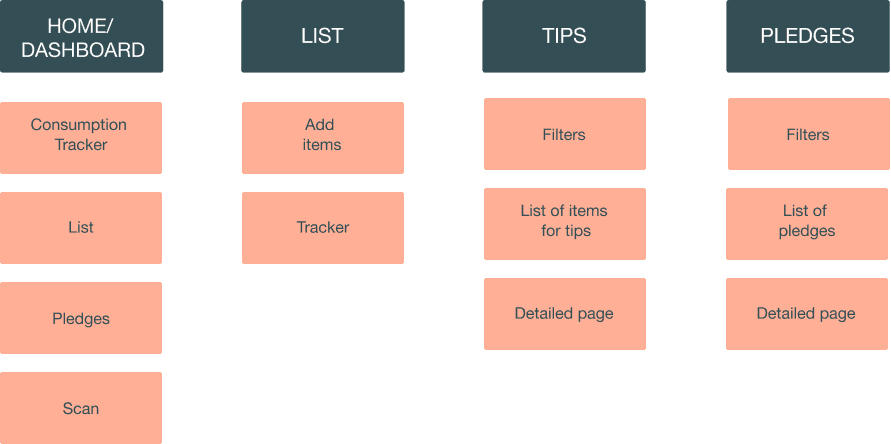


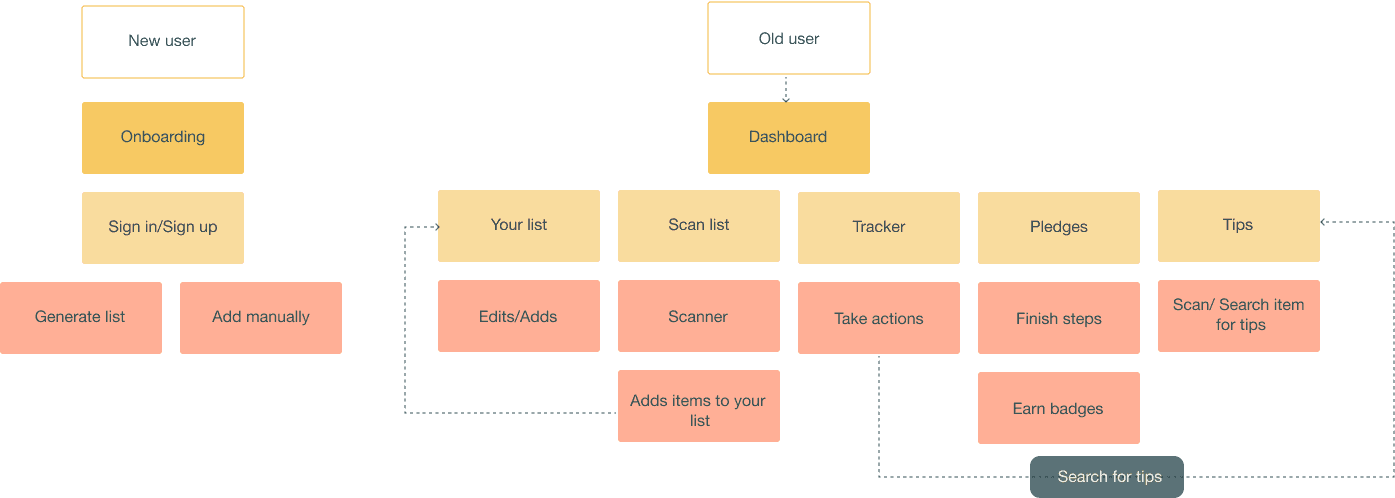





Pain Points
Solutions (So Many!)
Facilitate reusable and personalized grocery lists
Offer guidance on proper storage
Provide meal planning and food storage tips.
Propose recipes based on available ingredients or leftovers.
Encourage users to make pledges for food waste reduction motivation.
Foster social cohesion, encouraging food sharing in the community and tips exchange.
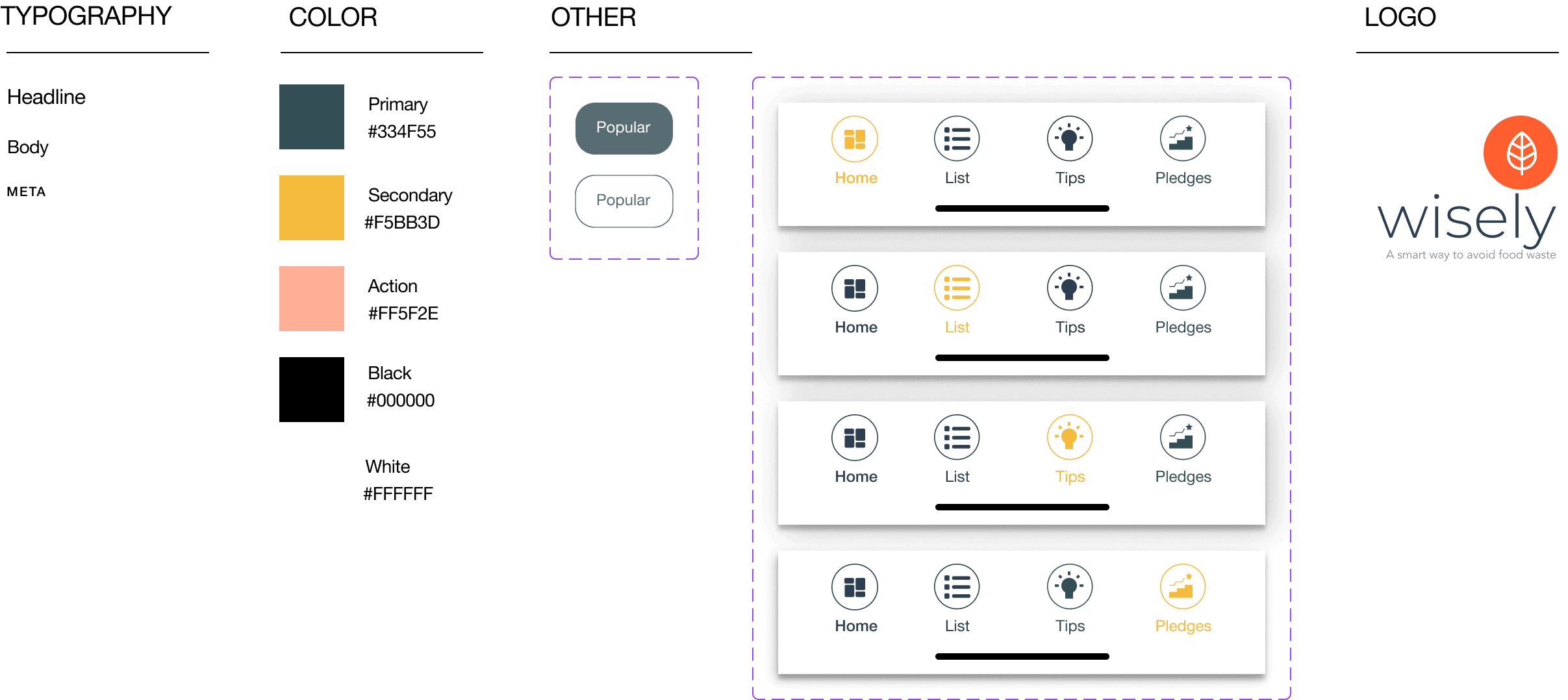


- Streamlined the onboarding process to emphasize key features and make it more user-friendly.
- To enhance the overall user experience, we started incorporating images alongside descriptions.
- Simplified and improved the item editing process to increase user convenience.
- Introduced user-friendly features like tips, reminders, and recipes for each item, making it easy for users to customize their experience.
- Streamlined the onboarding process to emphasize key features and make it more user-friendly.
- To enhance the overall user experience, we started incorporating images alongside descriptions.
- Simplified and improved the item editing process to increase user convenience.
- Introduced user-friendly features like tips, reminders, and recipes for each item, making it easy for users to customize their experience.
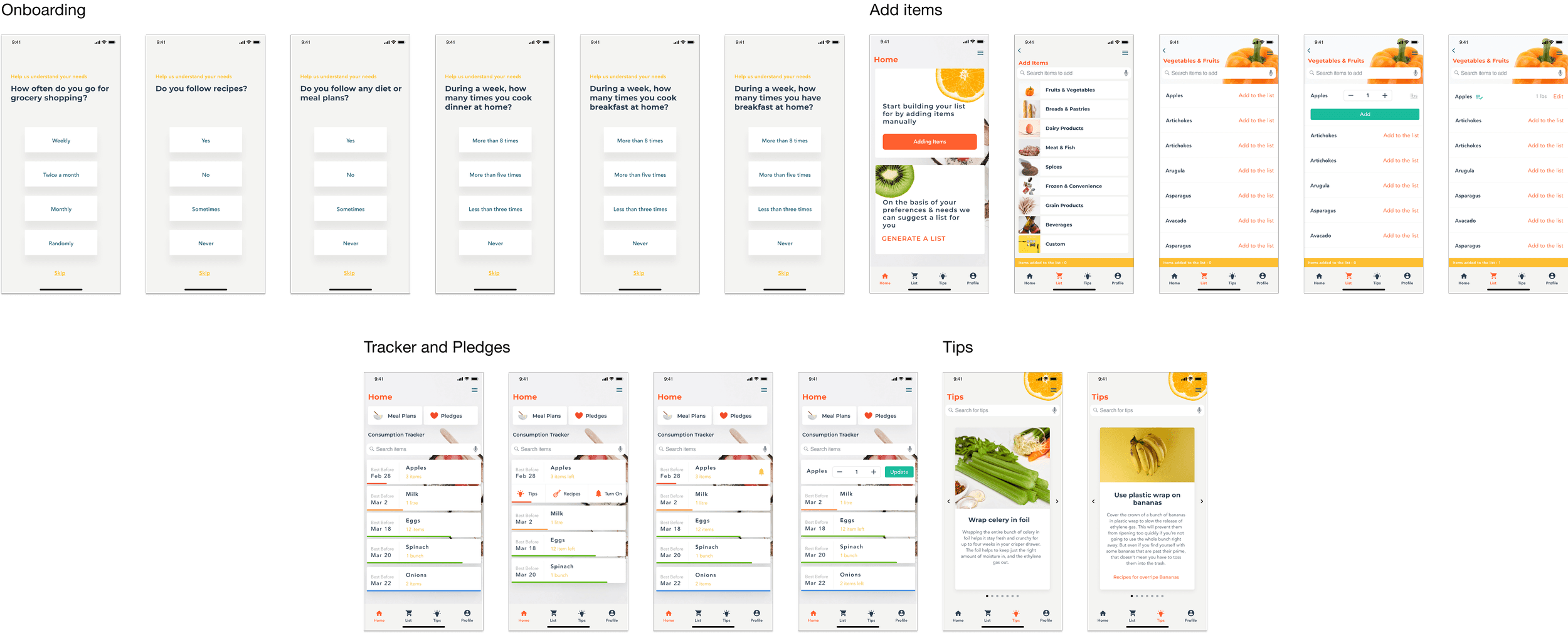


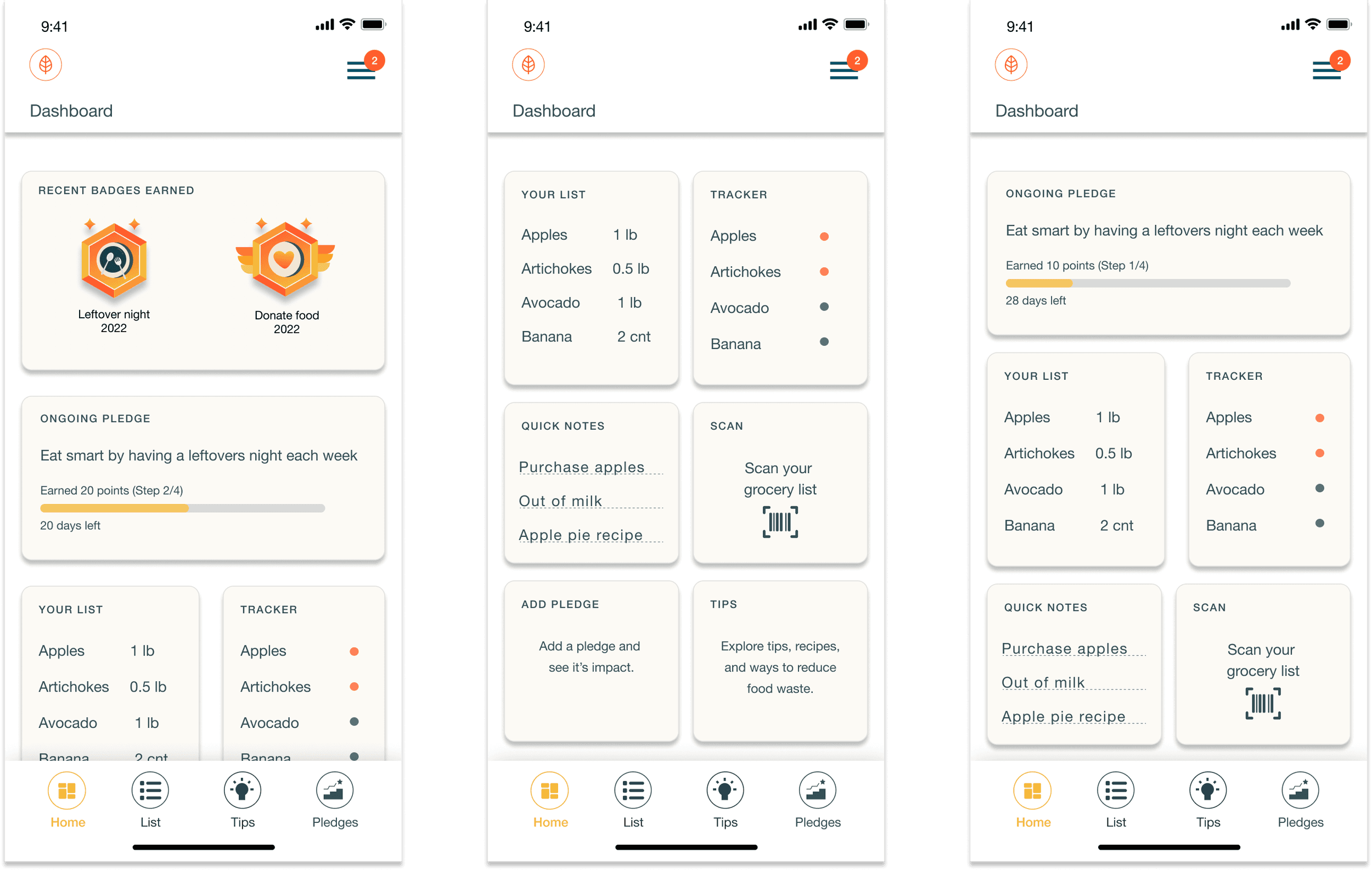


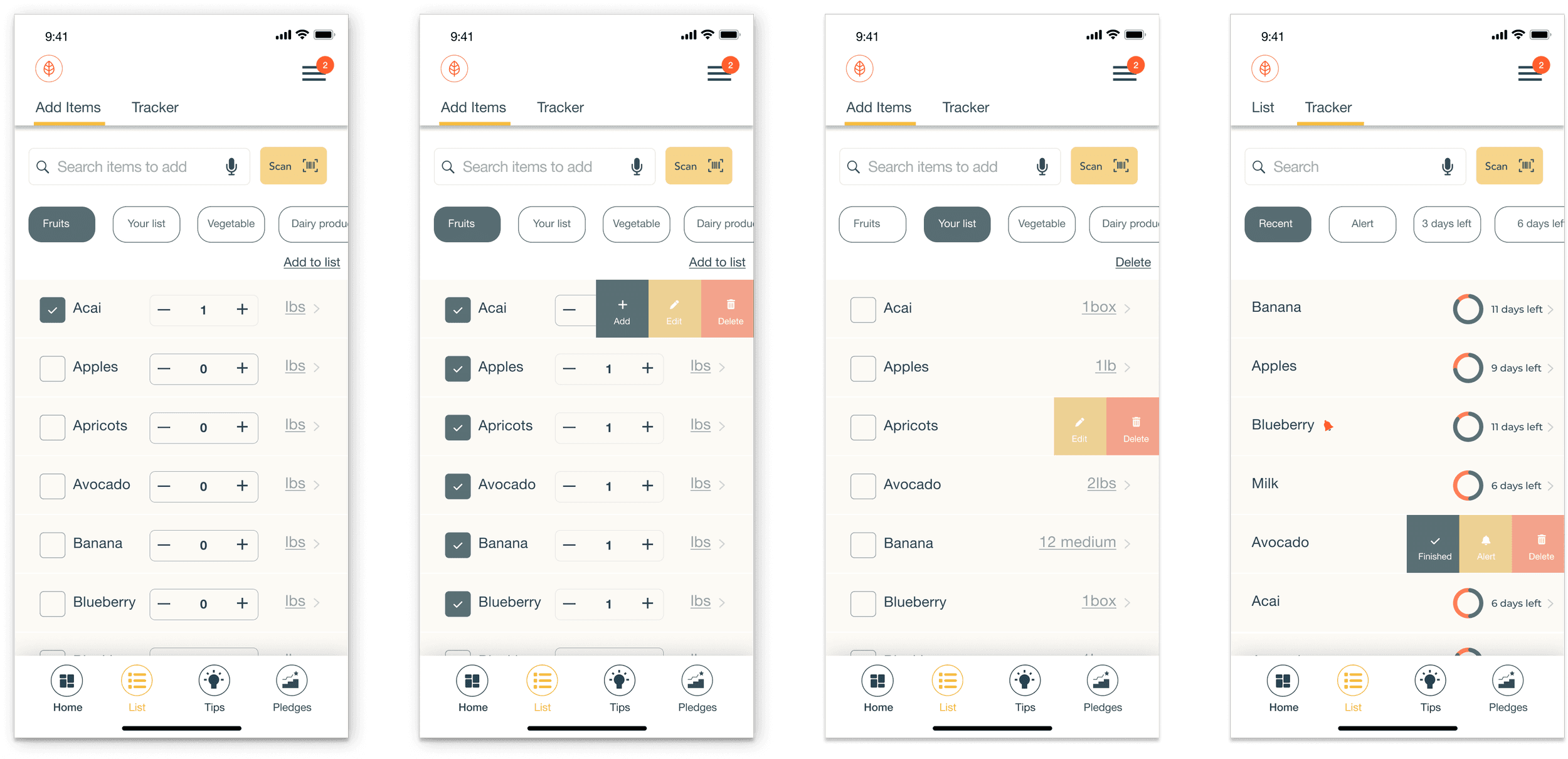


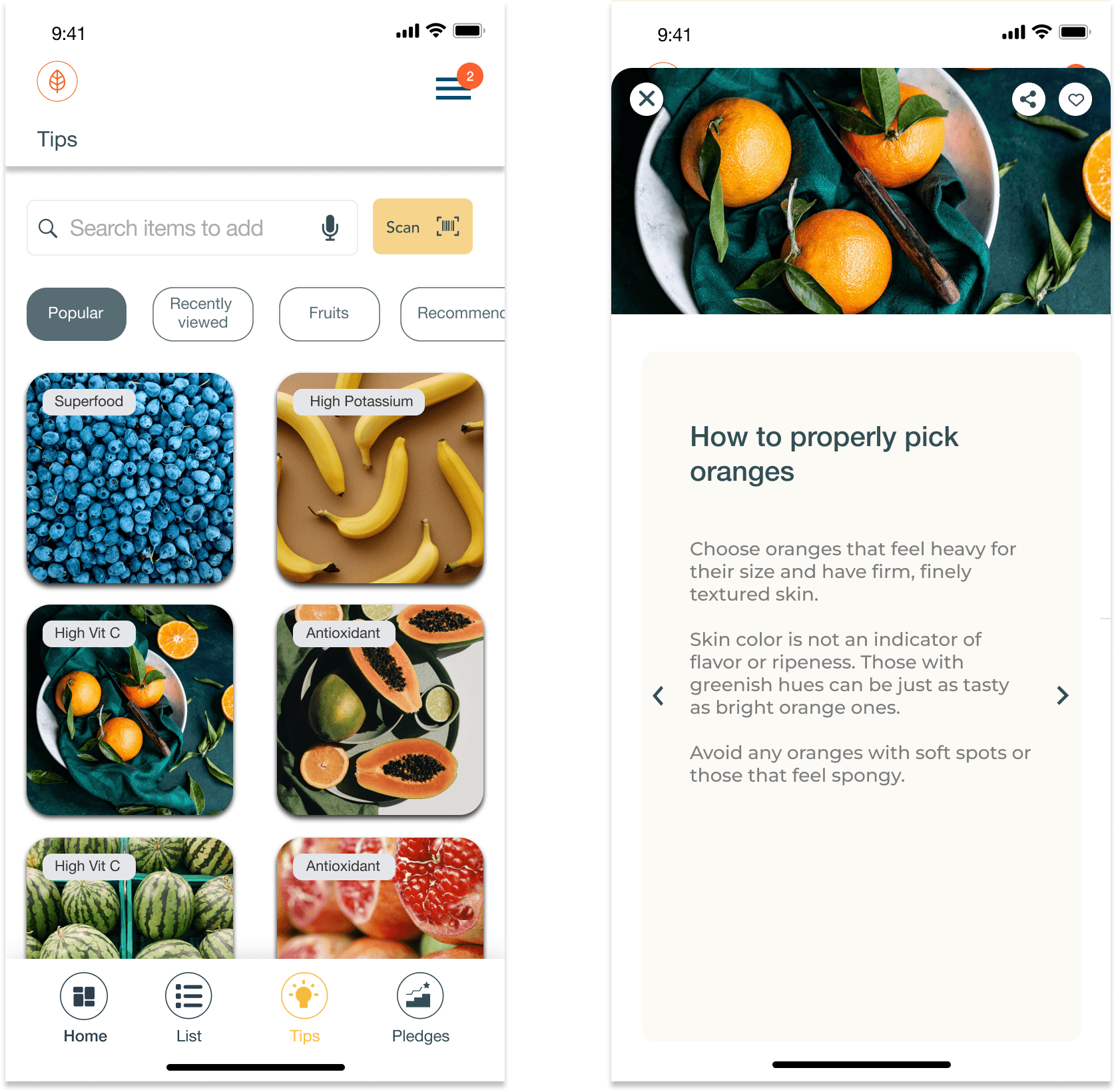


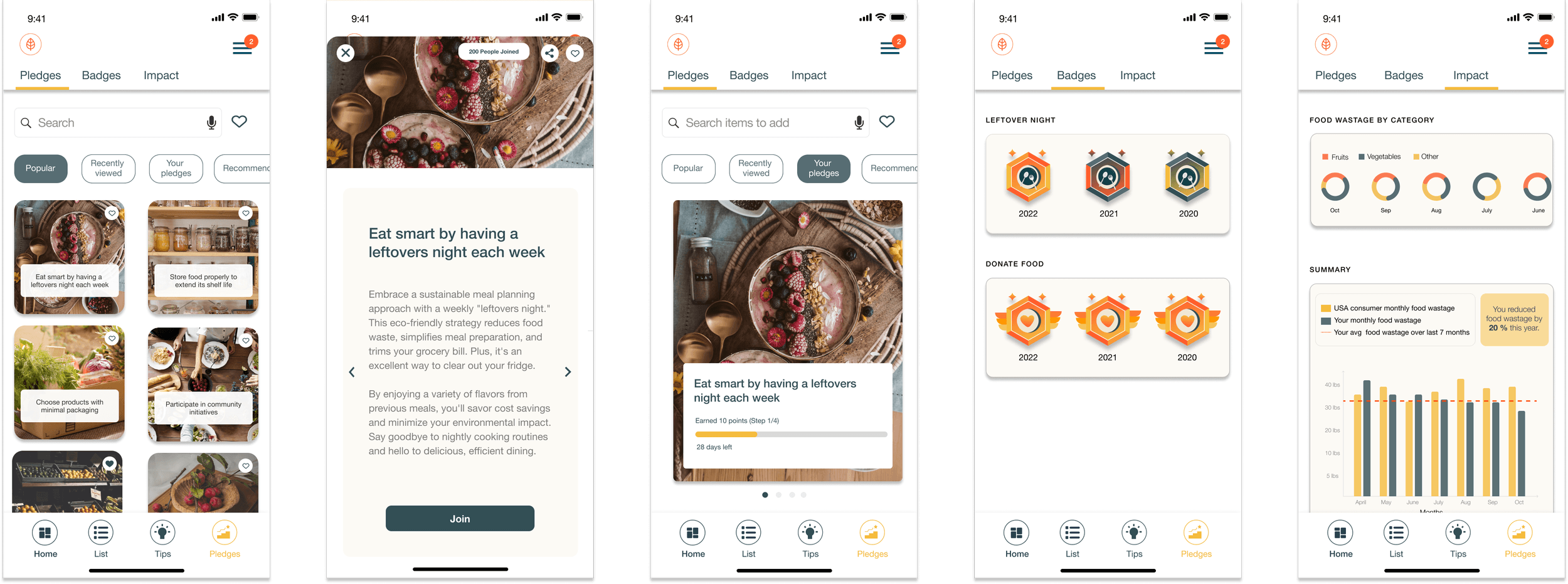


- Prioritize conducting interviews with the target audience at crucial project stages to gather invaluable insights.
- Focus on 2-3 main features, and maintain a simple and efficient design approach to elevate the user experience.
- Integrate user testing throughout the development process to ensure a successful project outcome, and be sure to incorporate user feedback iteratively.
- Prioritize conducting interviews with the target audience at crucial project stages to gather invaluable insights.
- Focus on 2-3 main features, and maintain a simple and efficient design approach to elevate the user experience.
- Integrate user testing throughout the development process to ensure a successful project outcome, and be sure to incorporate user feedback iteratively.
© 2024 - Shradha Shree
Designed with love & lots of coffee
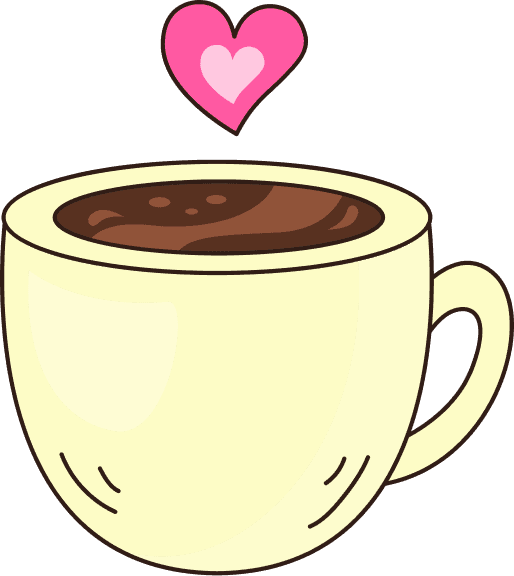
© 2024 - Shradha Shree
Designed with love & lots of coffee

© 2024 - Shradha Shree
Designed with love & lots of coffee

© 2024 - Shradha Shree
Designed with love & lots of coffee

© 2024 - Shradha Shree
Designed with love & lots of coffee

© 2024 - Shradha Shree
Designed with love & lots of coffee

© 2024 - Shradha Shree
Designed with love & lots of coffee

© 2024 - Shradha Shree
Designed with love & lots of coffee
